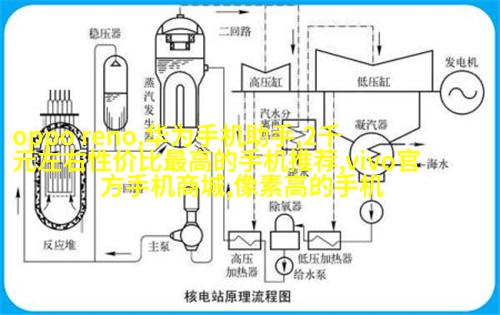引言

在现代城市化进程中,雨水管理已经成为一个重要的话题。有效的雨水收集和处理系统不仅能够减少对城市基础设施的冲击,还能为节约资源和保护环境提供新的途径。本文将探讨建筑物内外部雨水收集与处理方法,以及如何通过遵循建筑给水排水设计规范来实现这一目标。
建筑给水排水设计规范概述

建筑给water排water设计规范是指为了确保新建或改造工程中的供用water质量、安全性和可靠性,以及防止污染,对于water管道、设备、设施以及相关配套设施等方面都有明确规定的标准。在这个过程中,rainfall water collection and disposal plays a critical role in maintaining the health of urban environment.
雨water收集系统概述

Rainfall water collection system refers to the infrastructure designed to collect, store, and distribute rainwater for various uses such as irrigation, toilet flushing, and even drinking water supply in some cases. The key components of such systems include gutters, downspouts, rain barrels or cisterns, first flush devices (FDDs), and filtration systems.
建筑物内部雨water利用案例分析

Many buildings are adopting rainfall water harvesting systems to reduce their reliance on municipal water supplies while also lowering storm-water runoff volumes that contribute to urban flooding issues. For instance, office buildings may use collected rainwater for toilet flushing or landscaping purposes; residential developments can utilize it for washing cars or filling swimming pools.
雨storm management strategies

Effective storm management requires an integrated approach involving both individual property-level measures and broader community-wide initiatives. This includes designing green roofs with built-in rain storage capabilities; implementing permeable pavements that allow rain infiltrate into soil rather than surface runoff; using FDDs to remove contaminants from initial rainfall flows before they enter storage tanks; installing efficient drainage systems that minimize erosion risks.
结论与展望
By following the guidelines set out by building design standards for rainfall water collection and disposal practices can help create more sustainable urban environments where resource conservation is prioritized alongside environmental protection goals.The future holds great potential for innovation in this field as new technologies emerge offering improved efficiency rates at lower costs per unit area served by these solutions – thus making them more accessible globally across diverse socio-economic contexts worldwide